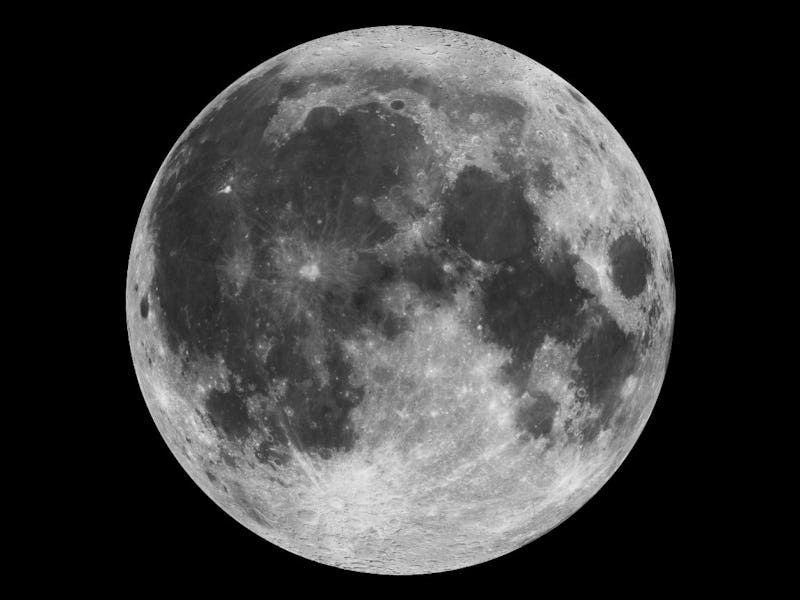Scientists Just Found Evidence for Hidden Passageways Under the Moon’s Surface
This is the best evidence to date of natural tunnels occurring on the Moon.

Researchers made a tantalizing discovery after they MacGyver-ed old data from a radar instrument on a satellite gathered 14 years ago from the Moon. When they used the mission data in a fresh new way, they found proof of a Moon cave hiding in plain sight.
The cave is inside a hole in the ground located in the Sea of Tranquility, which is the same region where the first Apollo astronauts walked on the Moon. This pit is named Mare Tranquillitatis pit (MTP) after the area’s Latin spelling.
The team behind the new work, which was published today in the journal Nature Astronomy, created an ad-hoc radar technique. This provided them a refreshing new look at observations made with the Miniature Radio Frequency (Mini-RF) instrument onboard NASA’s Lunar Reconnaissance Orbiter in 2010, when it fired pulses at an inclined angle down towards the pit. This data was invisible to the satellite’s optical cameras.
When they analyzed the signals anew, and compared it with simulations, they saw that Mini-RF had detected something spectacular. From an observational angle of about 47 degrees, they saw evidence that the pit floor, which was always visible overhead, is flanked by something burrowed beneath the surface. The finding may have repercussions for future lunar explorers.
The Mare Tranquillitatis pit (MTP) on the Moon’s near side.
What lies beneath?
The Moon cave is a conduit, or a section of a longer tunnel where something once used to flow.
What formed it? Researchers think that beneath the ground, lava flow likely formed the tunnel in the ancient past. Then suddenly, for an unknown reason (potentially a meteorite strike or tectonic activity), one section of the tunnel’s roof caved in, allowing Moon debris to fall down and form a cone-shaped pile.
This is the most compelling evidence for Moon conduits so far. There are several other conduits suspected of existing. But MTP was the right size to reveal its hidden cavern.
“It was large enough that the Mini-RF instrument could collect significant amounts of data from within the pit and, fortuitously, the conduit was oriented such that the look angle of the instrument could see into it,” Wes Patterson, study author and Mini-RF principal investigator, tells Inverse.
Why look for what’s lurking on the Moon?
Subsurface Moon caves could be an exciting foray for lunar science.
Beyond the natural silvery satellite, data on these features could shape how astronomers interpret other data to recreate an idea of how the planets formed. It could sharpen our idea of how the Moon and our world are intertwined.
“The study of this conduit could enhance our understanding of the dynamic relationship between the Earth and the Moon,” the study’s lead author Leonardo Carrer tells Inverse.
There’s also a far-off application: refuge for NASA’s Artemis program astronauts. The space agency is funneling its resources towards returning humans to the Moon this decade. The first program flight to bring boots back to the Moon is seeking a landing site near the lunar south pole. Craters may offer refuge to the crew. The lunar south pole, unlike the Sea of Tranquility, offers another critical resource: frozen water.
There’s no evidence that the Sea of Tranquility offers frozen water. But that doesn’t mean it’s not there, Carrer explains. “The presence of water ice in the lunar subsurface is unknown because we have not had the opportunity to observe it directly. This is why our discovery of a likely accessible cave is so important; it provides a potential entry point to explore the lunar subsurface.”
But if MTP leads to a conduit, there may be more. There could be other caverns on more distant worlds where NASA seeks to place astronauts: Mars.
This pit may have just opened up a whole new world of Moon science.